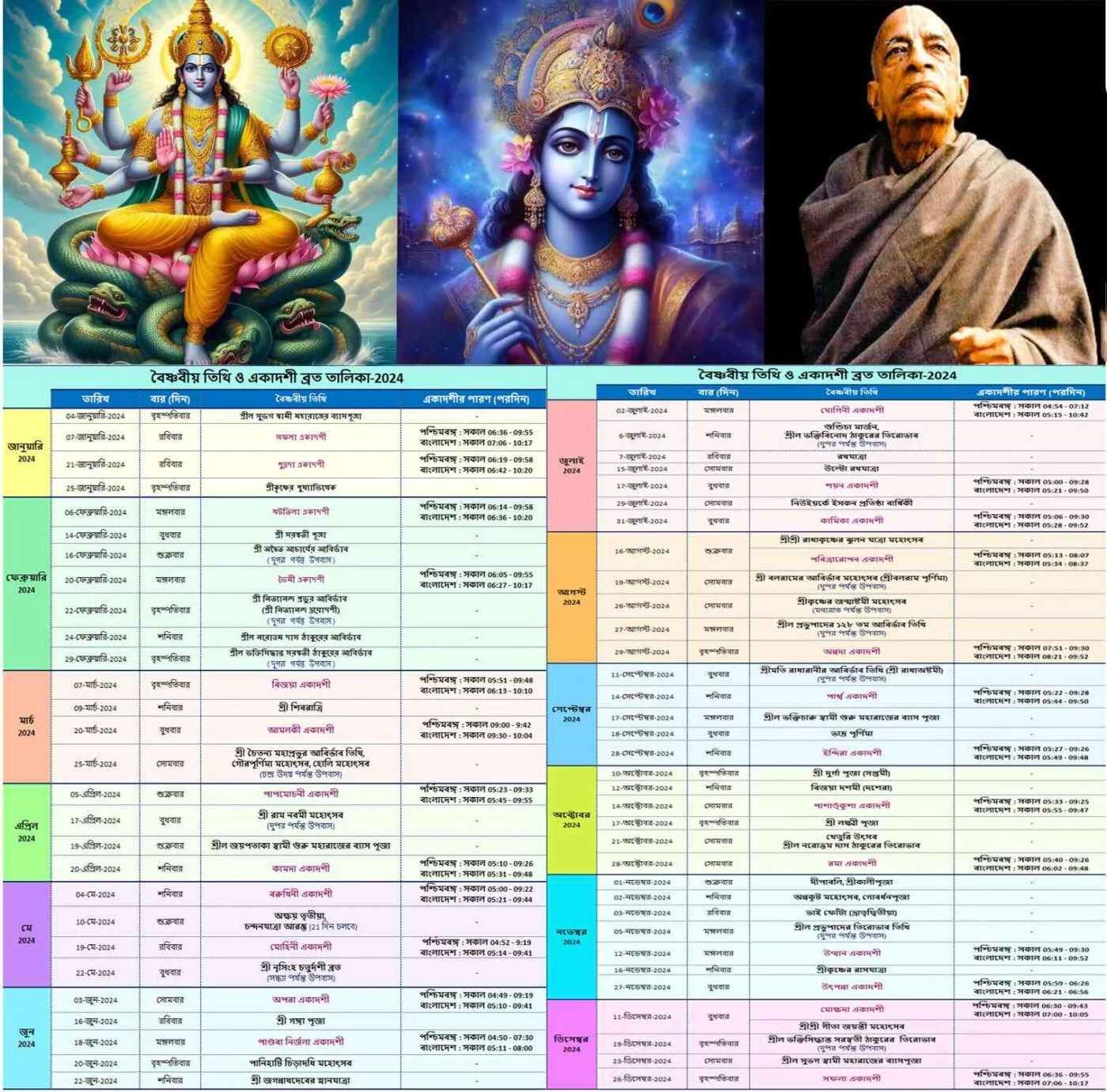In this tutorial, we had discussed the climate of West Bengal.
Due to topography and geographical location, the state of West Bengal endures great climatic variations. For example, the Northern region of West Bengal remains cool throughout the year due to the presence of Eastern Himalayas, whereas the Southern region of West Bengal has a moderate climate due to the influence of the sea. The state has 6 varieties of soil including the most fertile new alluvial soil.
In West Bengal, the Southern region experiences a tropical Savannah type of climate, whereas the Northern region experiences a humid subtropical type of climate. Overall the West Bengal engages a tropical monsoon type of climate. Plenty of rainfall gets Mountain zone and Eastern plains, while Western plateau encounters a dry climate. The state also enjoys mainly 5 seasons, are described below.
The climate of West Bengal can be divided into five seasons.
(01) SUMMER SEASON / HOT WEATHER
In the summer season, the state receives vertical sunlight, so the landmass becomes heated a lot. Temperature ranges vary from 35°-45°C. This season covers the period between the month of March to mid of June. May is recorded as the hottest month of this season. Similarly, the Western region of the state records a high temperature than the Eastern region of the state. The average temperature in the Northern region (or mountainous region) of the state remains between 15-20°C, so the summer season in this region is pleasant.
In summer season highest temperature i.e. 45°C was recorded in Asansol city of West Bengal. A cool Southerly breeze blows at night which carries moisture from the Bay of Bengal. A frequent thunderstorm occurs during the summer called Nor-westers or Kal Baisakhi due to cyclones originating from the Bay of Bengal. Such stormy winds are good for paddy and jute cultivation.
(02) RAINY SEASON / SOUTH-WEST MONSOON
The extreme heat in Northern India develops a low-pressure system that attracts moisture-containing winds (or, monsoon winds) from the sea. The monsoon winds blow from the South-West which is commonly known as the South-West monsoon winds. Generally, the rainy season starts in entire West Bengal due to the influence of South-West monsoon on around 10-15 June and heavy rainfall occurs in all parts of the state till the month of September.
The state gets 90% of its rainfall from the Bay of Bengal branch of South-West monsoon. In West Bengal, the highest rainfall (i.e., about 200-400 cm) is recorded in the foothills of the Himalayas, for example, Darjeeling, Coochbehar and Jalpaiguri districts get the heaviest rainfall. Besides, the coastal areas of West Bengal also receive heavy rainfall i.e. about 200 cm.
The Delta plains receive 150-200 cm of rainfall whereas Western plateau area i.e. Bankura and Purulia districts receive comparatively less rainfall, i.e., 100-150 cm of rainfall.
In West Bengal, it has been recorded that Buxa Duar in Jalpaiguri district receives the highest rainfall, whereas Mayureswar in Birbhum district receives the lowest rainfall.
(03) AUTUMN SEASON / RETREAT MONSOON SEASON OF WEST BENGAL
After the month of September, the South-West monsoon winds (i.e., monsoon winds) start moving back towards the sea. This phenomenon is called the retreating of the monsoon winds. The retreat of South-West monsoon over the West Bengal has been completed by the end of November. As a result, heavy rain occurs due to the tropical cyclones that affect the South and the South-Western part of the state as well. These cyclones are called as Ashwiner Jhar because it mostly takes place during the Ashwin (autumn) season.
(04) WINTER SEASON / COLD WEATHER SEASON
West Bengal is partially under the influence of the North-East trade winds between the month of December to February. As the winds blow offshore, so they have no moisture. As a result, there is a least or no rainfall in the winter months. In this season, the average temperature is between 7°C and 26°C.
The temperature across the Western plateau areas drops considerably but not as much cold as in relation to the mountainous districts in the North. The Darjeeling Himalayan hill region encounters a harsh winter with occasional snowfall at places.
(05) SPRING SEASON
The spring season in Bengal lasts from Mid-February to mid-March, duration between the ends of winter and prior to summer. This short season has pleasant weather, temperature between 20-30°C, and no rainfall. It is the most pleasant season across the plains of West Bengal. Temperature falls (slight chill) at night while days are pleasant. Sometimes occasional rainfall or light showers occur due to Western disturbances in Northern India.

Tutorial 06: Natural Vegetation of West Bengal
Tutorial 05: Geographical Features of West Bengal
Tutorial 04: Modern History of Bengal & Popular Movements
Tutorial 03: Medieval History of Bengal
Tutorial 02: Ancient History of West Bengal
Tutorial 01: West Bengal Basic Information




















